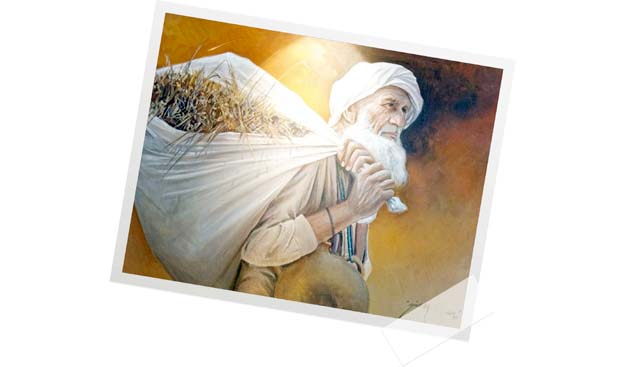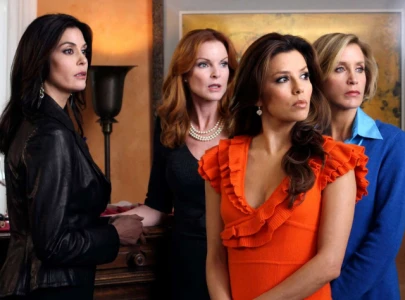
The five-day exhibition, called ‘From Akra to Peshawar via Takht-i-Bahi’, opened at the Nishtar Hall in Peshawar on Tuesday. The exhibit has been organised by the Khyber-Pakhtunkhwa (K-P) Culture Directorate and the Pakistan National Council of Arts.
The exhibition takes its name from the region of Akra, the home to two Buddhist-era sites and located around nine miles to the south-west of Bannu. Takht-i-Bahi in Mardan is the site of an ancient Buddhist monastery dating back to the Gandhara civilization.

But the 61 art pieces displayed in the exhibition focused less on those monoliths of heritage and more on what one is likely to see if they travel between the two historic towns today and everywhere in between – especially reflecting on the time that has passed in the region.
“The paintings have bold and vibrant colours,” said Ahsan Zeb, a visual artist and an official at the K-P Culture Directorate.
“This exhibition gives us [artists] an opportunity to spread our wings.”
He added that a lot of artists had sent in their work for the exhibition, but the organising committee decided to limit showings to the 40 best artists for the exhibition.
This list will further whittle down for a final selection ahead of the ninth national exhibition to represent K-P.
But apart from it being a showcase ahead of the national exhibition, Zeb said it was a chance for the public to appreciate the diversity of artistic talent in K-P. Apart from scenic landscapes – something which helps the province draw in thousands of tourists every year - historical buildings were highlighted through a spectrum of colours. The still life was helped on by depictions of marketplaces – scenes which offered a subtle ode to normalcy returning to the province.
Some also chose to show the socio-cultural issues of the basic building unit of the society – the individual.

But diversity was not just on show on canvases. Including artists from all over the province helped offer visitors a window to every corner of K-P. Veteran artists Ajab Khan from south K-P painted portraits of sorrow and the joyous disposition of society in a logical order.
The exhibition also showcased the work of Peshawar-based water colourist Ali Sajid whose canvases have a purpose beyond just bearing the burden of his passion and creativity. Sajid tried to document the crumbling historical architecture of Peshawar and elsewhere in K-P.
The tribal areas were also represented in the exhibition with Zakir Ali from Mohmand Agency displaying his work. Ali claims that he uses his canvas like a mirror which reflects the truth. His watercolours tell stories of children suffering at the hands of abusers.
“I observe the society around me to highlight the issues that plague us,” Ali told The Express Tribune.
Jahanzed Malik, a senior landscape artist whose work was on display at the exhibition, remarked that “all the work at the exhibition is very creative”.
Malik added that most of the painters in the province are young, extremely ambitious and energetic and have an enthusiasm for artwork. He hoped that the province will return to its artistic extravagance which it enjoyed in the past.
Published in The Express Tribune, September 28th, 2017.

1721394099-0/BeFunky-collage-(22)1721394099-0-165x106.webp)


1732762837-0/Taylor-(3)1732762837-0-165x106.webp)
1732772730-0/BeFunk_§_]__-(63)1732772730-0.jpg)











COMMENTS
Comments are moderated and generally will be posted if they are on-topic and not abusive.
For more information, please see our Comments FAQ